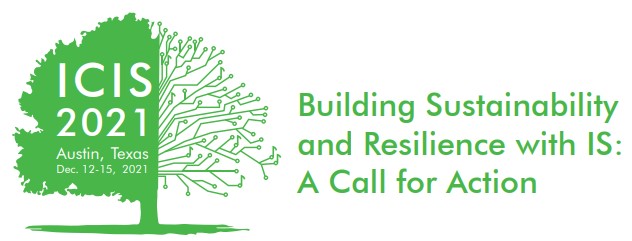Loading...
Paper Number
1244
Paper Type
Completed
Description
Digital labor platforms (DLPs) enable new work arrangements by connecting workers who sell their labor, with clients, who purchase their services through the platform. As platform governance in the multi-actor setting is complex, we provide platform actors, policy makers, and researchers with an overview of the possible configurations of platform governance on DLPs. By focusing on “who” makes decisions, the influence platform owners, worker, and clients have on the platform is surfaced. Our taxonomy differentiates decision rights throughout the service transaction process, which includes matchmaking, price setting, scope setting, process control direct exchange and quality control. We classify 106 DLPs and find that platform owners can exert considerable influence or, alternatively, empower workers and clients by granting them decisions rights. A cluster analysis results in three archetypes which show that the influence of the platform owner increases from open marketplace DLPs, to cooperative DLPs, to platform-controlled DLPs.
Recommended Citation
Schulze, Laura; Trenz, Manuel; and Nickerson, Robert C., "Fingers in the Pie: Characterizing Decision Rights Partitioning on Digital Labor Platforms" (2021). ICIS 2021 Proceedings. 1.
https://aisel.aisnet.org/icis2021/is_future_work/is_future_work/1
Fingers in the Pie: Characterizing Decision Rights Partitioning on Digital Labor Platforms
Digital labor platforms (DLPs) enable new work arrangements by connecting workers who sell their labor, with clients, who purchase their services through the platform. As platform governance in the multi-actor setting is complex, we provide platform actors, policy makers, and researchers with an overview of the possible configurations of platform governance on DLPs. By focusing on “who” makes decisions, the influence platform owners, worker, and clients have on the platform is surfaced. Our taxonomy differentiates decision rights throughout the service transaction process, which includes matchmaking, price setting, scope setting, process control direct exchange and quality control. We classify 106 DLPs and find that platform owners can exert considerable influence or, alternatively, empower workers and clients by granting them decisions rights. A cluster analysis results in three archetypes which show that the influence of the platform owner increases from open marketplace DLPs, to cooperative DLPs, to platform-controlled DLPs.
When commenting on articles, please be friendly, welcoming, respectful and abide by the AIS eLibrary Discussion Thread Code of Conduct posted here.




Comments
05-Work